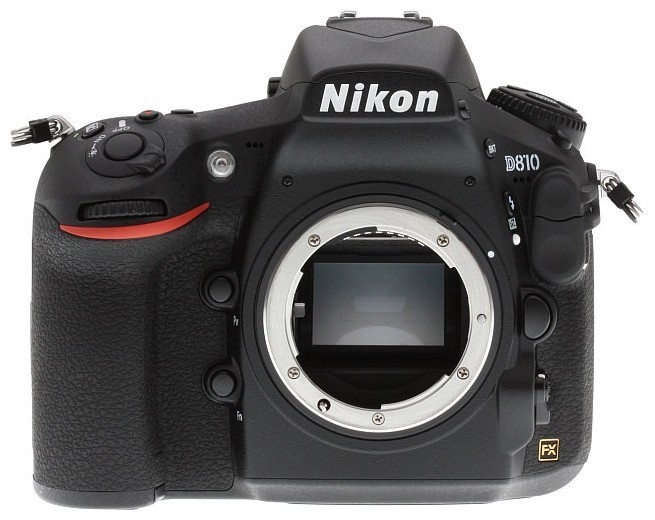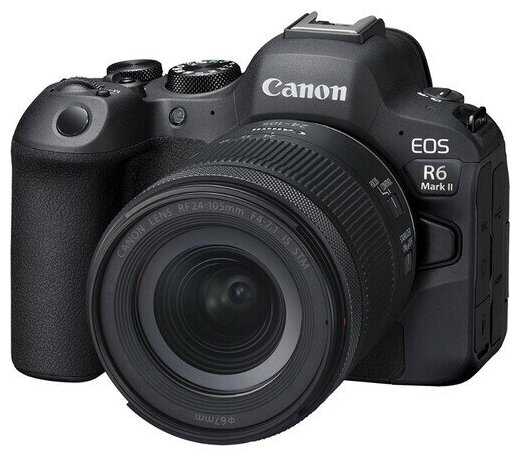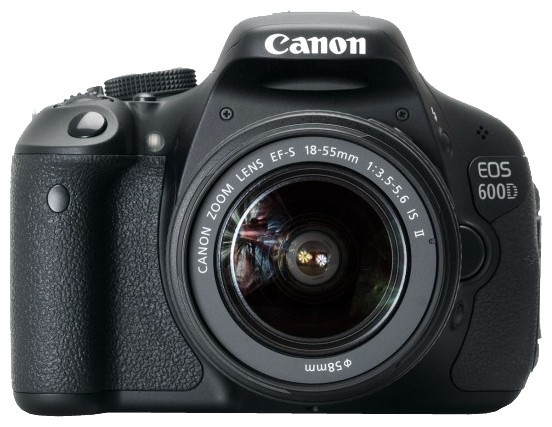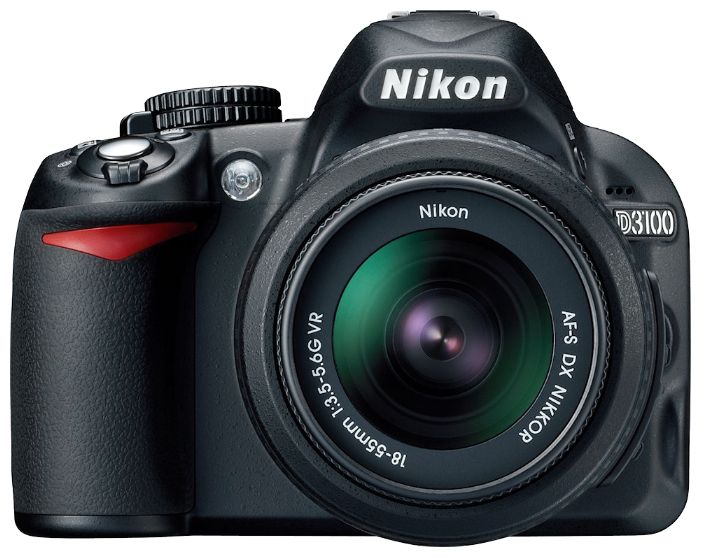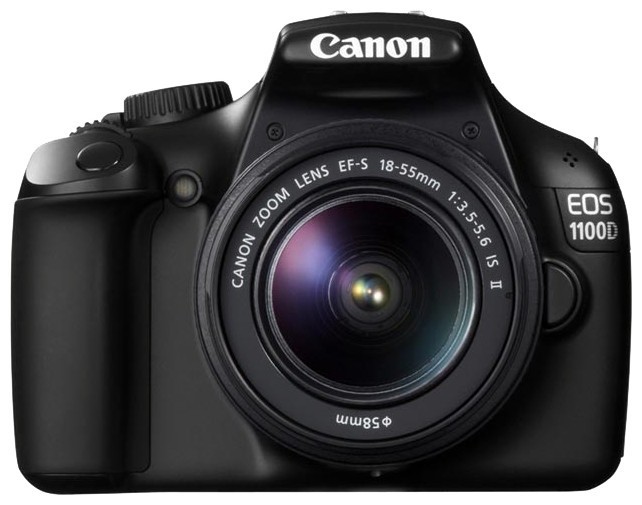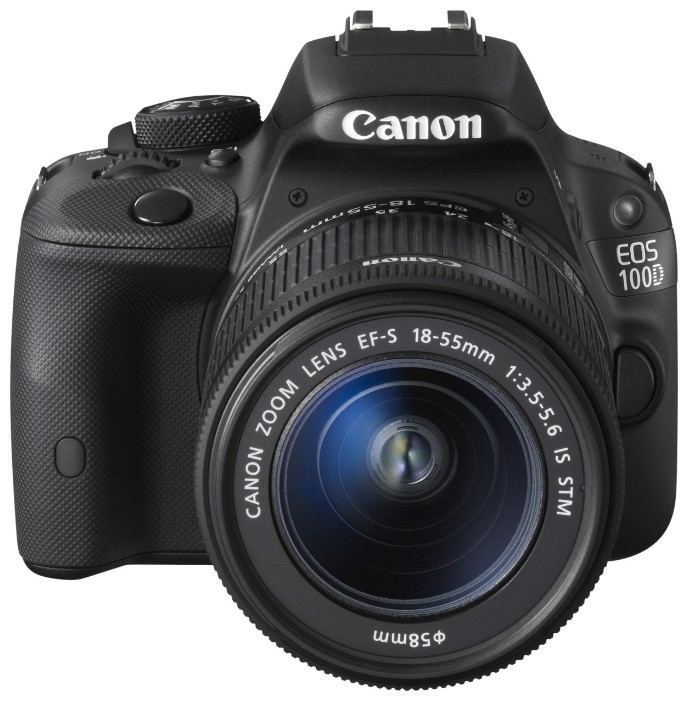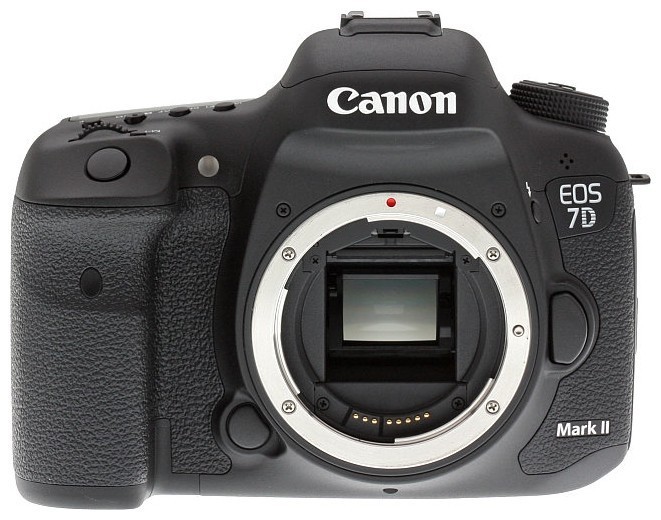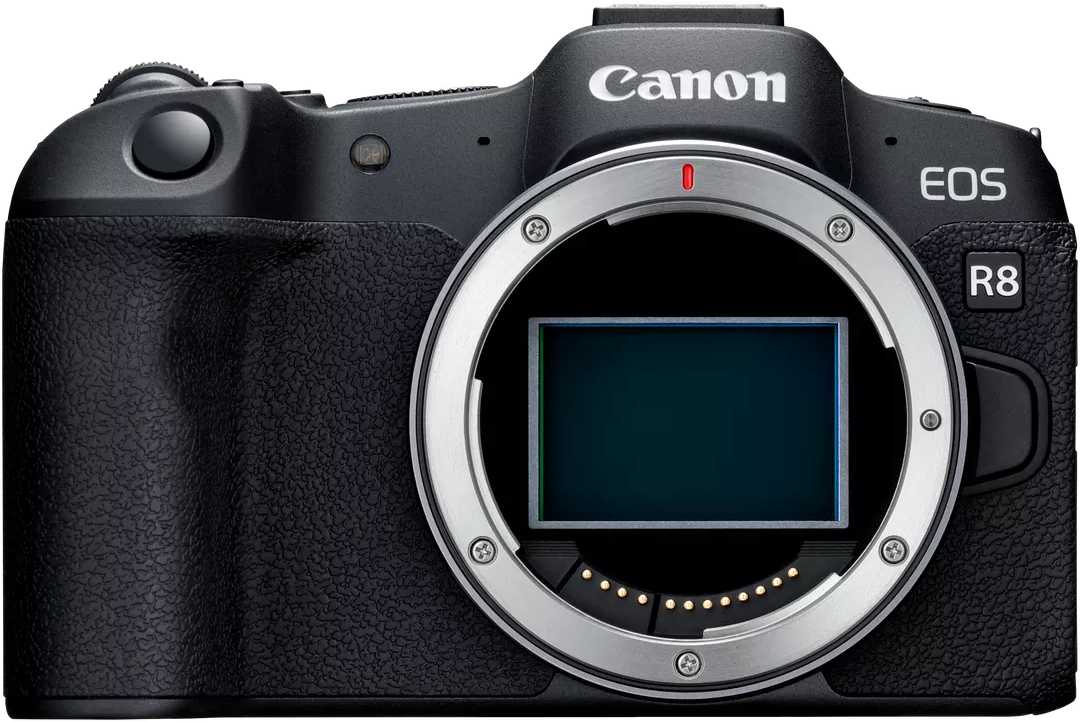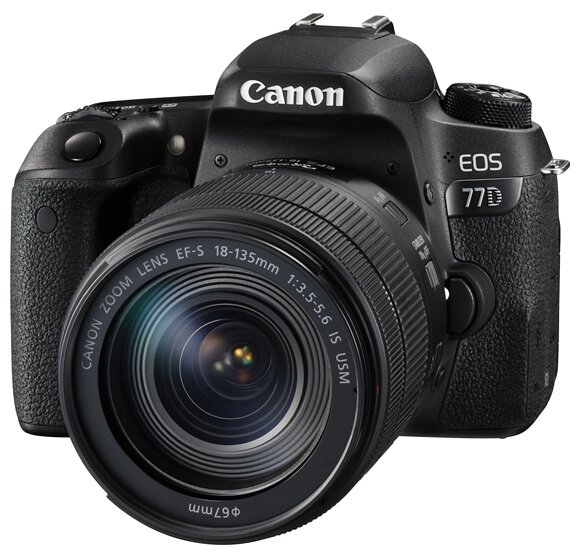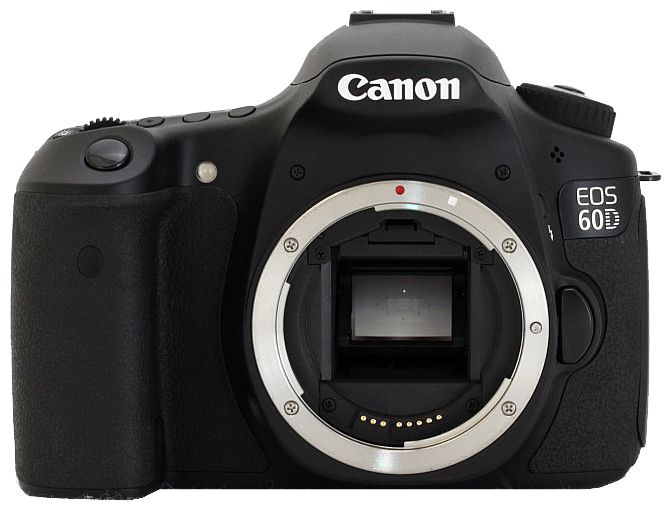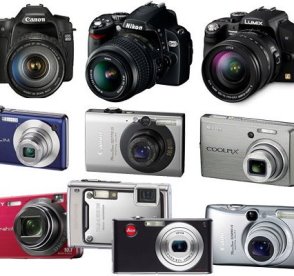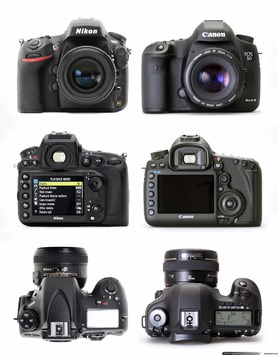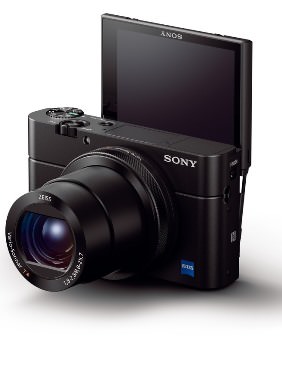Отзывы о Фотоаппарат Fujifilm Instax Mini 12
3936 отзывов пользователей o Fujifilm Instax Mini 12
Пользовались
Fujifilm Instax Mini 12?
Поделитесь своим опытом и помогите другим сделать правильный выбор
Is there a magic formula - could something be wrong with the camera? Any input would be appreciated.
I purchased these for my Fujifilm FinePix Real 3D W3 Digital Camera with 3.5-Inch LCD.
The camera feels really good to handle and is balanced well to fit the hand, a great feature for one-handed shooting. I have used it on commissions for several web-sites, two books, many publicity shots and my first love, wildlife pictures that are available to buy from my web-site. The images are sharp and have great colour rendition although it does not handle certain shades of red too well and converts them to pink, however this can usually be rectified with the bundled software. I have only had one real problem with the colour and this was a fashion shot where the colour was crucial and for that I had to revert to another camera. The various shooting modes are terrific especially the night and sunset in `Scene Position Mode'. The night mode in particular is nothing short of a `Night-sight'. The super macro mode is the best I have ever encountered, Fuji say down to 1cm but in reality, I have taken many macro shots where the subject was touching the lens, you can't get closer than that! The zoom is smooth and very fast, a point you appreciate when shooting wild birds and the image is sharp even at the full focal length of 486mm. I took some shots of the moon one night and was astounded when enlarged on my lap-top I could see craters, so that means great definition as well. The only fault here is that the lens cap sometimes jams the zoom mechanism but turning the camera off after the `Error!' message and removing the cap, cures the fault. It is also a pity that no one makes the lens-cap to fit the lens when extended. The flash is adequate but it would have been nice to have an external flash socket. My rechargeable batteries last for way over 200 shots (depending on mode) per charge, which is good out here in Greece where the climate discharges batteries much quicker than in the UK. All the controls are where they should be and accessible, most single handed once the program is set and the 2.5" screen is good but in strong sunlight the electronic viewfinder is much better.
Over-all, I have been pleased with the camera, it is a workhorse and earns it purchase price in the first few assignments. It is robust and well designed as a serious camera for the enthusiast and professional alike. Can't recommend it enough, 9.8/10.
I had mine for a couple years. I got it while my regular camera - a Canon A95 - was getting repaired (can't miss a month of baby pictures).
I liked the small size - similar to a deck of cards. I ended up dropping it on my porch while the lens was out, and that's what killed it. My fault. It took pretty good pictures. I always had to use the flash (unless it was outdoors on a very bright day). I was happy with most of the pictures it took - the colors were not entirely accurate, all of them were "warm" but they weren't washed out and they weren't blurry (so long as I used the flash). I have a Canon PowerShot SX20IS and a Canon PowerShot A2200 - and, on the fly, this camera takes much better pictures than either of them. (With a lot of set up, the SX20IS takes much better pictures, but the auto mode is junky - it cost 3x the J10).
The similarly priced A2200 takes abysmal pictures. I REALLY regret breaking my J10.
The fuji z90 turns on if the little button by the screen is pressed and held. Well, my fuji turned on (i heard the activation beep) while being carried inside this case, which was itself inside a small belt-mounted pack. (I accidentally squeezed the pack against a steering wheel while getting out of a car.) The camera will turn off automatically after a time out, but that unnecessarily drains the battery.
So this case does not suit the purpose for which i bought it - to prevent accidental activation while being carried in my belt-pack.
For starters, I used the camera for a month and compared it to my Olympus E30 to see if I was really gaining anything substantial. After much assessment I decided to keep my E-30 and sell off the S5 Pro. Without belabouring the point, let me get down to the pros and cons,
PROS:
1. Excellent build quality
2. Great ergonomics
3. Phenomenal DR in JPEGs and highlight headroom in RAW files.
4. Very nice and pleasing colours.
5. WB is generally very accurate.
CONS:
1. High ISO noise is no better than the Olympus E-30.
2. Noise reduction in JPEGs is very aggressive.
3. Resolution is not equivalent to 12MP, the E-30 easily bests it.
4. Colours and skin tones, although pleasing are more suited to Caucasian skin.
5. Menu system is very complicated.
6. Playback and image zoom require too many button presses.
7. Battery life is low.
8. If DR is left on 'Auto', the camera slows down.
9. RAW files too large and best used with native software only.
10. Native software doesn't support DNG.
Olympus fixed a lot of issues with the E-30 and it really shows when comparing it to the S5 Pro; yes, the S5 has phenomenal amounts of highlight headroom that the E-30 can never come close to, but this is useful only when you constantly shoot in very high DR scenes or get the exposure wrong (overexpose).
In terms of colour, I think both the E-30 and S5 are neck and neck, although when using higher ISOs, the E-30 seems to retain colour better. This seems to happen because of the fact that as you ramp up the ISO, after a certain point the R pixels are turned off and only the S pixels are used. Also, this variance in colour is more visible when using a RAW converter other than Hyper-Utility or Finepix viewer, clearly the S5 is best used only with it's native software. This is a big minus for me as I use LR for all my cataloguing and RAW processing.
The S5 files are uncompressed and huge, so they are best managed when converted to DNG, however this means neither Hyper-Utility nor Finepix viewer can process these files for you. Also, when processing files in LR, the colours vary a lot from ISO to ISO, which means, if you plan on using LR/ACR, you are better of building your own colour profiles for different ISOs under different lighting conditions, this is a tedious affair.
To summarize, the S5 Pro is a camera that offers superior highlight headroom, DR and colours straight out of the box and is an excellent tool for photographers that don't like spending too much time processing and colour correcting RAW files. However, in my opinion, the unmatched highlight headroom in the RAW files is the only thing which differentiates the S5 from today's cameras. Cameras like the Olympus E-30 produce excellent colours, good DR and are getting better at high ISO as well. Also, when you consider the bloated selling price of these cameras, it only makes sense to consider more current options in the market which may serve you just as well or maybe even better.
Things I really like:
The zoom - This is really amazing, and I don;t think you can get much better than this in a compact camera. I've been able to get really good close up shots of distant subjects. The problem of course is camera shake - if possible, use a tripod; if not, try to stabilise yourself in whatever way you can. I prefer to use the electronic viewfinder when using high zoom - I find it helps to stabilise the camera. Also, take many attempts at your zoom shots - without a tripod, many will be blurred, but you might get a few that are good.
The continuous shooting mode - I love this.... In this mode, you can take a series of shots of moving action, in a matter of a couple of seconds, just by holding the button down - excellent for sports. The problem with this is that when you review your pictures, you lose this setting, and have to go through the menu again to set it for continuous shooting. Also, it takes a few seconds after you finish a series of shots to save the pics, so you can't take any more shots in that time.
The natural light mode - I love the way this mode keeps the colour and produces high quality pics. It's particularly designed, I think, for less than ideal lighting conditions, but I find it works well in bright light too. In lower light, of course, there is the possibility of blur if your subject or the camera moves. That said, I think I take most of my pics in this setting.
Macro and Super-Macro modes - I get amazing close up shots with these modes!!! Possibly the camera's best feature!
The range of settings and modes - There are so many different things you can do with this camera that are so much more versatile than the basic compact camera (though I guess this is true of most cameras of this sort). Changing the ISO, colour saturation, white balance, different flash settings, etc, etc. I find myself shooting the same scene over and over in different settings to find which is the best. As a result I take A LOT of pictures.... But it's all fun! And I usually end up with some really good shots.
Things I really DON'T like:
The software - the Fuji software is slow, and takes up all my computer's processing power. Perhaps with a better computer this wouldn;t be a problem, but my computer does everything else I need to do as fast as I want it to... But running this software means I can't do anything else at the same time, and it takes ages to do anything. I've taken to using Picasa to edit my pics instead. On the plus side, the software saves the info on the settings used in taking the picture, so you can review your pics and work out what you;ve done wrong and what works best.
The menus - I find the menus to be rather complex and not particularly intuitive. This means when I want to try certain things, I have to spend a fair amount of time searching for the function I want. I guess as I get accustomed to the camera, though, this will be less of a problem.
Limited exposure time - the maximum length of exposure seems to be 4 seconds. I find this kind of limiting - with my old camera (Kodak DX7440 - a very decent camera in my opinion) - I could get exposure times up to about half a minute, and maybe more. I'm rather disappointed at this, though of course, the camera still takes very good night time shots.
Things I am having some difficulty/problems with:
Low light conditions, moving subjects, especially in combination with the zoom. I think this is probably the most difficult sort of shot I've tried to take. I find that I get some combination of underexposed, blurred, grainy shots, no matter what settings I use. If the subject is stationary it's not a problem - I use the night settings, and get very good results. This is something I am working on... Of course, if you WANT to get blurred shots, using the night setting can produce some interesting effects.
I've recently found that the electronic viewfinder sometimes goes a bit funny... I get white streaks across the image from one side, and sometimes the image is shifted a bit to the side too. This seems to happen particularly when I've been using the camera continuously for a longish while - like an hour or so. Switching off and then on again fixes it temporarily, but it tends to come back after a few minutes. It doesn;t seem to happen with the LCD, and I don;t think it's been affecting the quality of the pictures, so I think it's a problem with the viewfinder itself. I've been wondering if th
The picture quality is horrible. It is a task to get a picture that is not blurry if it doesn't have the flash on, which is very overpowering and makes everything dark behind the object in the picture.
The battery life sucks. It could be fully charged and when I turn it on to take some pictures it constantly shuts off because the battery is supposedly low.
Before windows 7, you had to use the finepix program to get the pictures off the camera which was a pain. Now it is easier thankfully.
I would not buy this camera...it was a very big disappointment to me.



